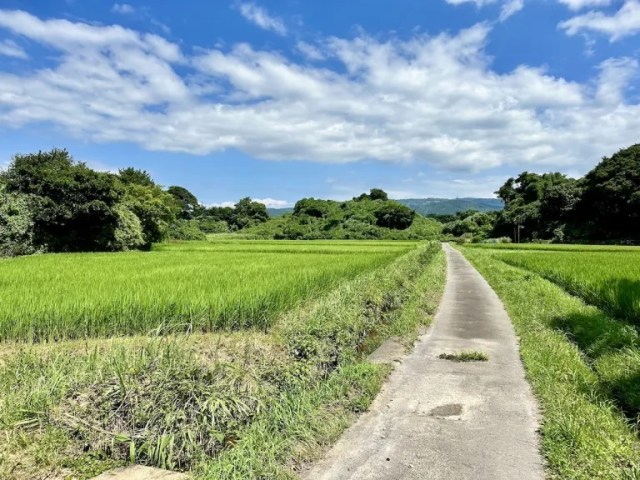
We head north to the Akita town where Chainsaw Man’s creator grew up and see the sights that inspired the look of Look Back.
Manga creator Tatsuki Fujimoto has had two serialized manga series since going pro, and both of them, Chainsaw Man and Fire Punch, are full of bombastic action. Fujimoto can also craft stories of tender drama, though, as proven by his one-shot manga Look Back and its anime movie adaptation.
As the title alludes to, Look Back is, many ways, a semi-autobiographical story. Its paired protagonists, Fujino and Kyomoto, are both aspiring teen manga artists who share a kanji character in their names with Fujimoto himself, and the story takes place in Nikaho, the rural Akita Prefecture town where Fujimoto grew up.
▼ Trailer for Look Back
After reading, watching, and being deeply touched by Look Back, our Japanese-language reporter Saya Togashi decided to head north to Akita and visit this new anime holy ground. Arriving by train made her first stop in the city Nikaho Station, on the JR Uetsu Main Line.
Though Nikaho Station itself doesn’t show up in Look Back, the building proudly sports posters for the work in its waiting area, along with a displayed profile of Fujimoto. Inside the station you can also get a map of the town, so Saya grabbed one before she headed out to see the real-world locations that appear in Look Back.
Similar to how Fujino’s and Kyomoto’s names are close to, but not quite, the same as Fujimoto’s, Look Back’s “Bukkudo” bookstore, where Fujino buys her sketchbooks, is modeled after Nikaho’s real-world Burindo shop.
If you’ve watched Look Back, Burindo is instantly recognizable, and even the buildings on either side of it look just like the ones in the anime.
▼ The walk from the station to Burindo
Like a lot of budding manga artists dreaming of going pro, Fujino and Kyomoto enter the Shonen Jump manga contest for new creators. When the issue of the weekly anthology containing the announcement of the winners hits store shelves, the pair make a journey to their local convenience store to check and see if they’ve won. Within Look Back, the store is given a fictitious name, but it’s clearly modeled after the real-world Nikaho Hirasawa branch of 7-Eleven.
▼ Burindo to Nikaho Hirasawa 7-Eleven
It’s a snowy night when Fujino and Kyomoto make their way to the store, but if you’re there when the sun’s out, you can see the nearby mountains, though this bunch of clouds kept us from being able to see all the way to Chokaisan, the biggest mountain in the area.
Look Back also contains several scenes of Nikaho’s farmlands. These are a bit farther from the station, so you might want to go by car, or at least bicycle, to see them, but they’re beautiful enough that it’s worth the extra effort of securing some sort of wheeled transportation.
For example, there’s a scene where Fujino and Kyomoto are on the train and go across an elevated bridge. The model for this is Nikaho Ohashi, which is actually for cars, and painted a bright red that makes for a charming contrast with the surrounding greenery.
▼ It’s a 24-minute walk from the 7-Eleven to the bridge, if you’re feeling energetic, but be aware that there’s no sidewalk on it.
In another scene, the train passes by a crossing near fields and forests, which is based on this one near the Nikaho Hiramori branch of convenience store Lawson.
▼ Approximate walking route from the bridge to the above crossing
From there, it’s a little harder to pinpoint exact spots that are depicted in Look Back, but all around you you’ll see scenery that without question inspired the Fujimoto in crafting its visual design.
Saya got especially emotional when she stumbled across a pathway running between rice fields, reminding her of one Fujino and Kyomoto walk together on.
Nikaho is one of those quaint, quiet Japanese towns that can somehow make you feel wistfully nostalgic even if you spent your own childhood in a place that’s much more developed. Maybe it has something to do with how it feels at once big, with wide open spaces, and small, with not that many people or buildings, creating that special mix of familiarity and curiosity that’s such a big part of having spent all your days in one place, and inevitably starting to wonder about what’s out there beyond the borders of your life so far. That’s a feeling that pretty much any adult can look back on with warm wistfulness, and if you’re now looking forward to visiting Nikaho, the map that Saya picked up at the train station is also available online through the city’s official website here.
Related: Nikaho official website
Photos ©SoraNews24
● Want to hear about SoraNews24’s latest articles as soon as they’re published? Follow us on Facebook and Twitter!
[ Read in Japanese ]

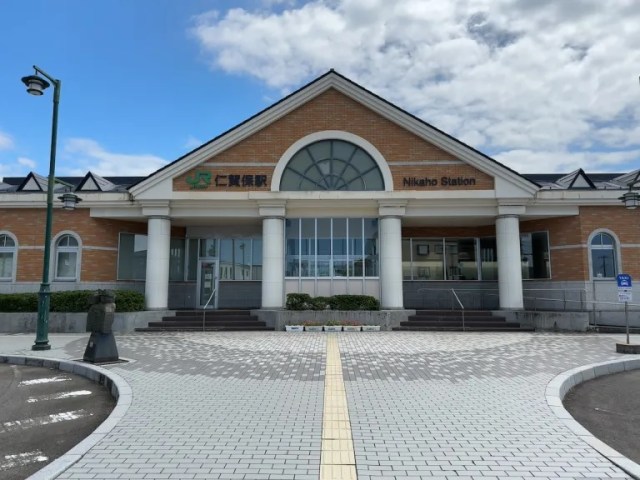
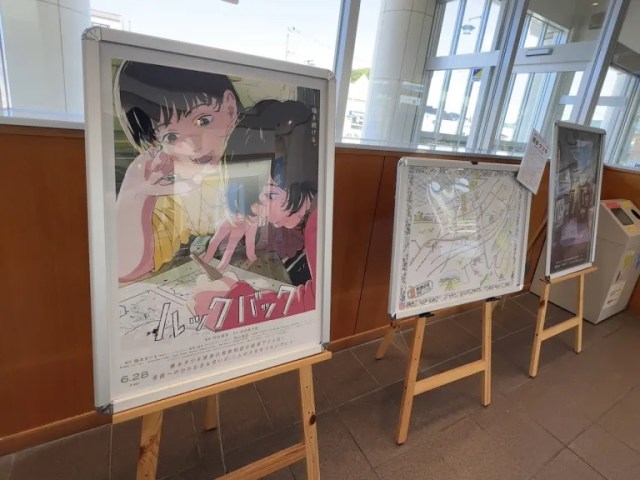
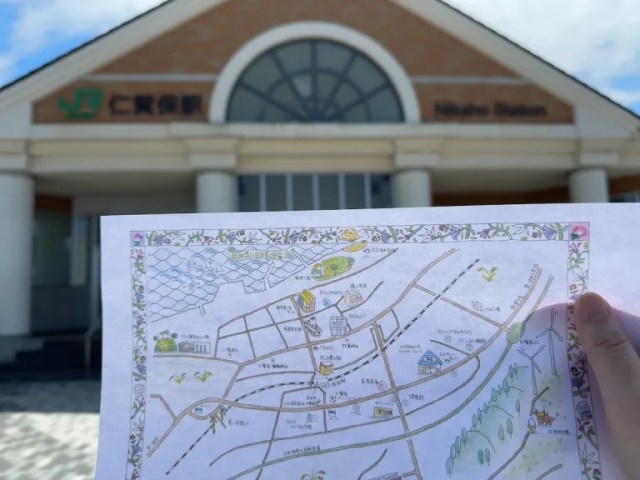
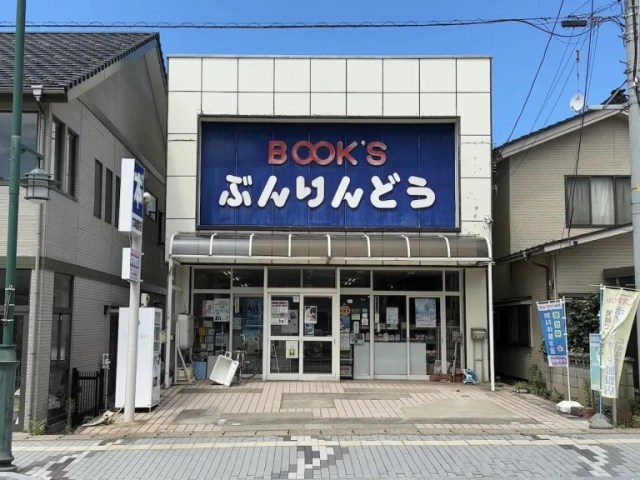
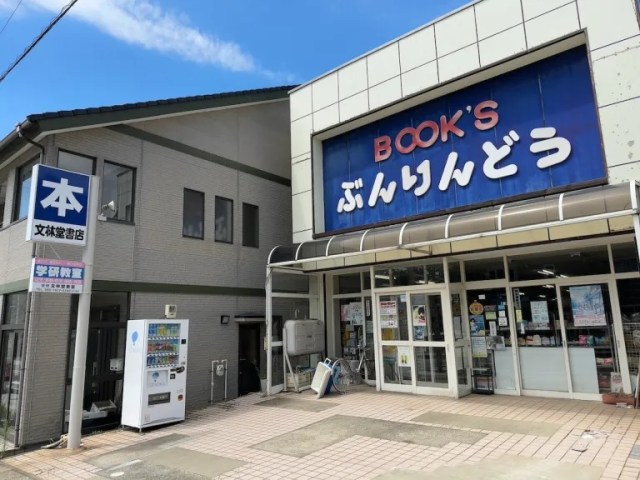
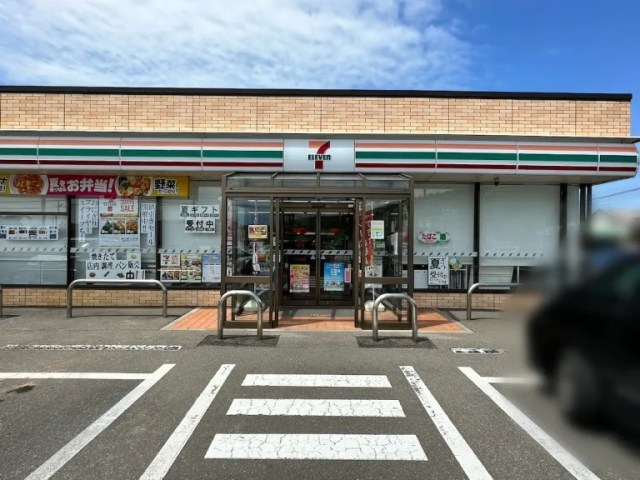
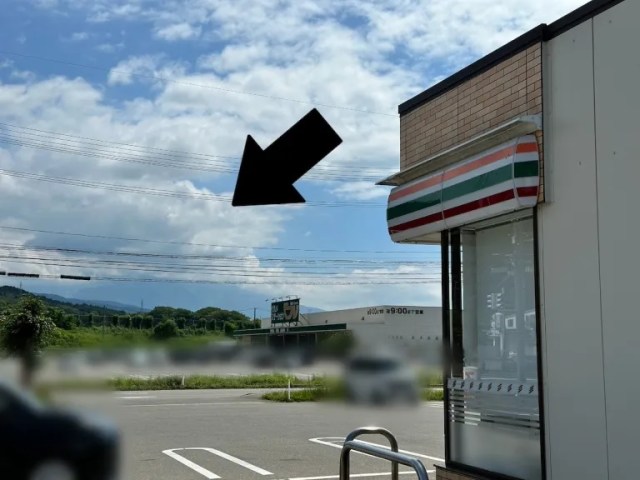
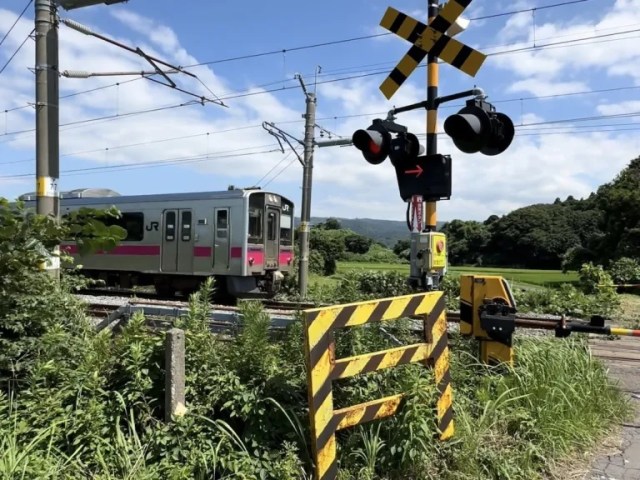
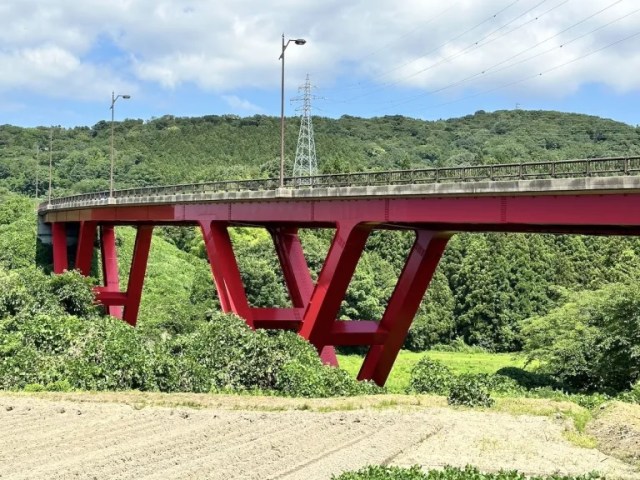
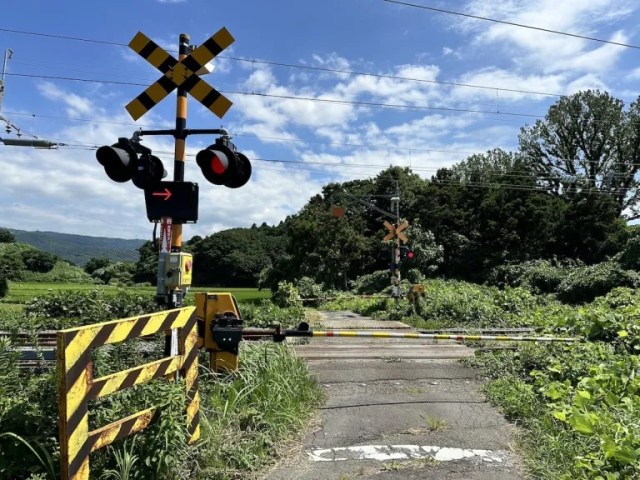
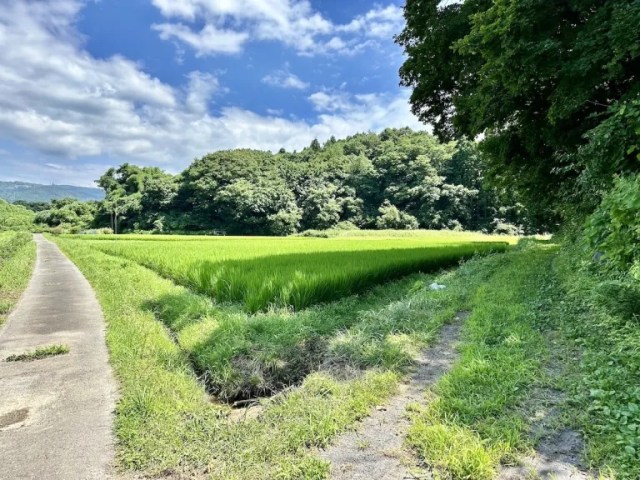
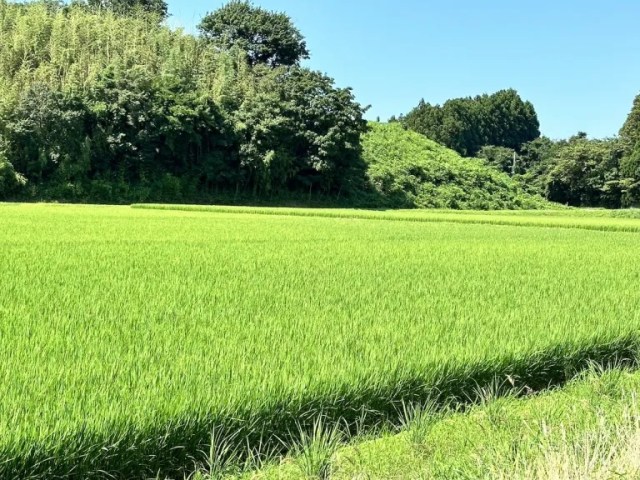
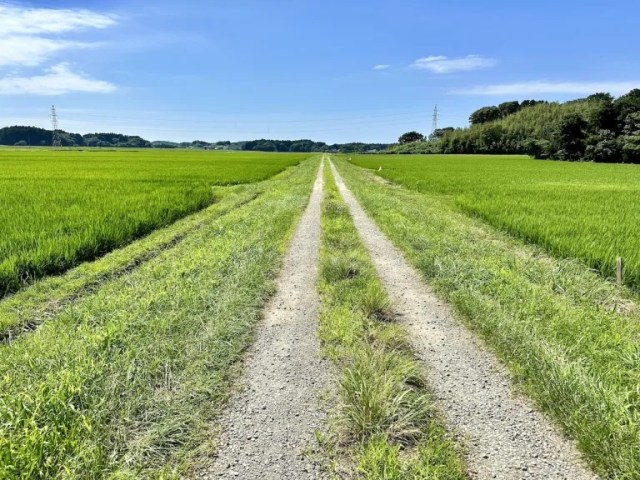
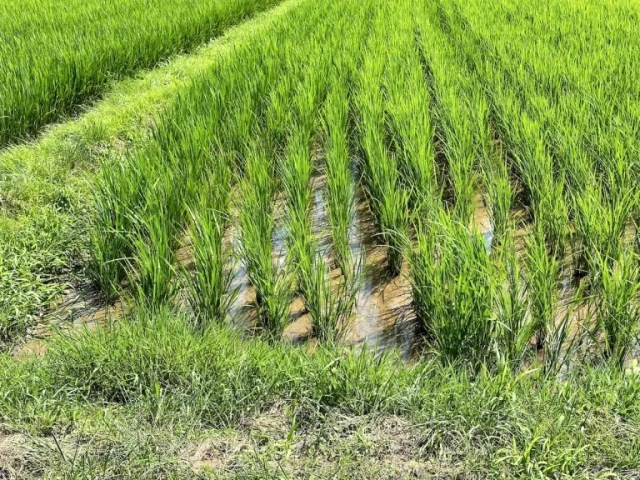
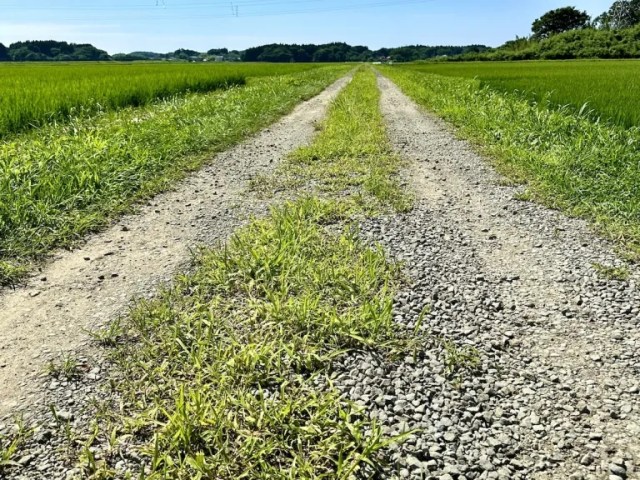
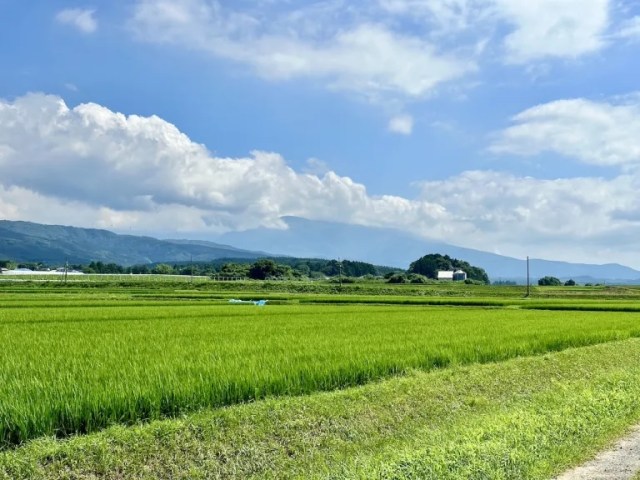
 Studio Ghibli art train to run in Tokyo at anime film’s real-world location
Studio Ghibli art train to run in Tokyo at anime film’s real-world location Day 2 of our quest to visit all the Pokémon manhole covers in Tottori【Photos】
Day 2 of our quest to visit all the Pokémon manhole covers in Tottori【Photos】 Respect the salmon – a visit to an off-the-beaten-path foodie destination in Niigata【Photos】
Respect the salmon – a visit to an off-the-beaten-path foodie destination in Niigata【Photos】 A daytime visit to Tokyo’s “station of despair” to look for demon lairs【Photos】
A daytime visit to Tokyo’s “station of despair” to look for demon lairs【Photos】 An anime pilgrimage even non-anime fans will love: Visiting the Slam Dunk movie shrine【Photos】
An anime pilgrimage even non-anime fans will love: Visiting the Slam Dunk movie shrine【Photos】 Japan’s otoshidama tradition of giving kids money at New Year’s gets a social welfare upgrade
Japan’s otoshidama tradition of giving kids money at New Year’s gets a social welfare upgrade Dragon Quest Burgers and Slime drinks are coming to McDonald’s Japan【Video】
Dragon Quest Burgers and Slime drinks are coming to McDonald’s Japan【Video】 Survey finds more than 70 percent of Japanese children have an online friend
Survey finds more than 70 percent of Japanese children have an online friend What’s inside the McDonald’s Japan fukubukuro lucky bag for 2026?
What’s inside the McDonald’s Japan fukubukuro lucky bag for 2026? Studio Ghibli displays The Boy and the Heron Academy Award Oscar in Japan for a limited time
Studio Ghibli displays The Boy and the Heron Academy Award Oscar in Japan for a limited time Shogun arrested in Japan for being a peeping Tom
Shogun arrested in Japan for being a peeping Tom 7-Eleven Japan starts new temporary luggage storage service in over 300 branches
7-Eleven Japan starts new temporary luggage storage service in over 300 branches Pizza Hut Japan’s hot lucky bags are perfect for a New Year’s pizza party
Pizza Hut Japan’s hot lucky bags are perfect for a New Year’s pizza party Nintendo Wii U: Our Impressions of the New Console’s Biggest Launch Titles
Nintendo Wii U: Our Impressions of the New Console’s Biggest Launch Titles How to make a Big Mac in Tokyo at a fraction of the price with minimal effort【SoraKitchen】
How to make a Big Mac in Tokyo at a fraction of the price with minimal effort【SoraKitchen】 Starbucks Japan ready to get Year of the Horse started with adorable drinkware and plushies【Pics】
Starbucks Japan ready to get Year of the Horse started with adorable drinkware and plushies【Pics】 Cyberpunk anime meets traditional culture in Ghost in the Shell gold leaf Japanese changing screens
Cyberpunk anime meets traditional culture in Ghost in the Shell gold leaf Japanese changing screens 7 great places to see Mt. Fuji from without having to climb it
7 great places to see Mt. Fuji from without having to climb it Hello Kitty Choco Egg figures are an adorable trip through three periods of Japanese pop culture【Pics】
Hello Kitty Choco Egg figures are an adorable trip through three periods of Japanese pop culture【Pics】 7-Eleven Japan’s ramen-cooking robot whipped us up a bowl of noodles【Taste test】
7-Eleven Japan’s ramen-cooking robot whipped us up a bowl of noodles【Taste test】 We found possibly the quietest Japanese-style hotel in Tokyo’s bustling Shinjuku district
We found possibly the quietest Japanese-style hotel in Tokyo’s bustling Shinjuku district Sumo Sanrio! Hello Kitty and pals team up with Japan Sumo Association for new merch【Pics】
Sumo Sanrio! Hello Kitty and pals team up with Japan Sumo Association for new merch【Pics】 More Than a Capsule Stay: Why Solo Travelers Choose “global cabin Yokohama Chinatown”
More Than a Capsule Stay: Why Solo Travelers Choose “global cabin Yokohama Chinatown” Japan’s oldest largetooth sawfish in captivity back on display in Mie Prefecture
Japan’s oldest largetooth sawfish in captivity back on display in Mie Prefecture Disillusionment at Tsukiji’s tourist-target prices led us to a great ramen restaurant in Tokyo
Disillusionment at Tsukiji’s tourist-target prices led us to a great ramen restaurant in Tokyo Starbucks teams up with 166-year-old Kyoto doll maker for Year of the Horse decorations【Photos】
Starbucks teams up with 166-year-old Kyoto doll maker for Year of the Horse decorations【Photos】 Tokyo considering law requiring more trash cans following litter increase in heavily touristed area
Tokyo considering law requiring more trash cans following litter increase in heavily touristed area Tokyo’s Tsukiji sushi neighborhood asks tour groups to stay away for the rest of the month
Tokyo’s Tsukiji sushi neighborhood asks tour groups to stay away for the rest of the month Tokyo event lets you travel back in time, for free, to celebrate 100 years since Showa era start
Tokyo event lets you travel back in time, for free, to celebrate 100 years since Showa era start Sanrio theme park in Japan announces plans to expand into a Sanrio resort
Sanrio theme park in Japan announces plans to expand into a Sanrio resort Japan may add Japanese language proficiency, lifestyle classes to permanent foreign resident requirements
Japan may add Japanese language proficiency, lifestyle classes to permanent foreign resident requirements Stamina-destroying “Paralysis Noodles” are Tokyo’s newest over-the-top ramen innovation
Stamina-destroying “Paralysis Noodles” are Tokyo’s newest over-the-top ramen innovation Survey asks foreign tourists what bothered them in Japan, more than half gave same answer
Survey asks foreign tourists what bothered them in Japan, more than half gave same answer Japan’s human washing machines will go on sale to general public, demos to be held in Tokyo
Japan’s human washing machines will go on sale to general public, demos to be held in Tokyo Japan’s deadliest food claims more victims, but why do people keep eating it for New Year’s?
Japan’s deadliest food claims more victims, but why do people keep eating it for New Year’s? We deeply regret going into this tunnel on our walk in the mountains of Japan
We deeply regret going into this tunnel on our walk in the mountains of Japan Studio Ghibli releases Kodama forest spirits from Princess Mononoke to light up your home
Studio Ghibli releases Kodama forest spirits from Princess Mononoke to light up your home Major Japanese hotel chain says reservations via overseas booking sites may not be valid
Major Japanese hotel chain says reservations via overseas booking sites may not be valid Put sesame oil in your coffee? Japanese maker says it’s the best way to start your day【Taste test】
Put sesame oil in your coffee? Japanese maker says it’s the best way to start your day【Taste test】 No more using real katana for tourism activities, Japan’s National Police Agency says
No more using real katana for tourism activities, Japan’s National Police Agency says Starbucks Japan reveals new sakura drinkware collection, inspired by evening cherry blossoms
Starbucks Japan reveals new sakura drinkware collection, inspired by evening cherry blossoms Updated cherry blossom forecast shows extra-long sakura season for Japan this year
Updated cherry blossom forecast shows extra-long sakura season for Japan this year Three beautiful outside-the-cities places to visit in Hokkaido with a connection to Golden Kamuy
Three beautiful outside-the-cities places to visit in Hokkaido with a connection to Golden Kamuy Kyoto travel alternative: The “little Kyoto” of Shuzenji【Photos】
Kyoto travel alternative: The “little Kyoto” of Shuzenji【Photos】 A crash course in Japanese folktales from a trip to the five Taro Parks of Gifu【Photos】
A crash course in Japanese folktales from a trip to the five Taro Parks of Gifu【Photos】 How to do an overnight bus trip to Hirosaki from Tokyo – Part 2【Photos】
How to do an overnight bus trip to Hirosaki from Tokyo – Part 2【Photos】 Pre-dawn photo of Mt. Fuji looks almost too beautiful to be real
Pre-dawn photo of Mt. Fuji looks almost too beautiful to be real Staying one step ahead of the tourist crowds with a visit to Japan’s main Mt. Fuji shrine【Photos】
Staying one step ahead of the tourist crowds with a visit to Japan’s main Mt. Fuji shrine【Photos】 No-bus Kyoto sightseeing! SoraNews24’s ultimate on-foot guide for Japan’s former capital【Part 4】
No-bus Kyoto sightseeing! SoraNews24’s ultimate on-foot guide for Japan’s former capital【Part 4】 How to do an overnight bus trip to Hirosaki from Tokyo – Part 1【Photos】
How to do an overnight bus trip to Hirosaki from Tokyo – Part 1【Photos】 Biking around Tama Lake: A super-easy, super-relaxing afternoon getaway from downtown Tokyo【Pics】
Biking around Tama Lake: A super-easy, super-relaxing afternoon getaway from downtown Tokyo【Pics】 Foreign tourist in Japan arrested for having sex on shrine grounds in broad daylight
Foreign tourist in Japan arrested for having sex on shrine grounds in broad daylight Japan’s unofficial but approved Ghibli anime cafe is opening a new branch and looking for staff
Japan’s unofficial but approved Ghibli anime cafe is opening a new branch and looking for staff No-bus Kyoto sightseeing! SoraNews24’s ultimate on-foot guide for Japan’s former capital【Part 3】
No-bus Kyoto sightseeing! SoraNews24’s ultimate on-foot guide for Japan’s former capital【Part 3】 We go looking for the free kaoyu hot spring facebath of onsen town Kusatsu【Photos】
We go looking for the free kaoyu hot spring facebath of onsen town Kusatsu【Photos】 How to do an overnight bus trip to Tokushima from Tokyo – Part 2【Photos】
How to do an overnight bus trip to Tokushima from Tokyo – Part 2【Photos】 No-bus Kyoto sightseeing! SoraNews24’s ultimate on-foot guide for Japan’s former capital【Part 2】
No-bus Kyoto sightseeing! SoraNews24’s ultimate on-foot guide for Japan’s former capital【Part 2】
Leave a Reply